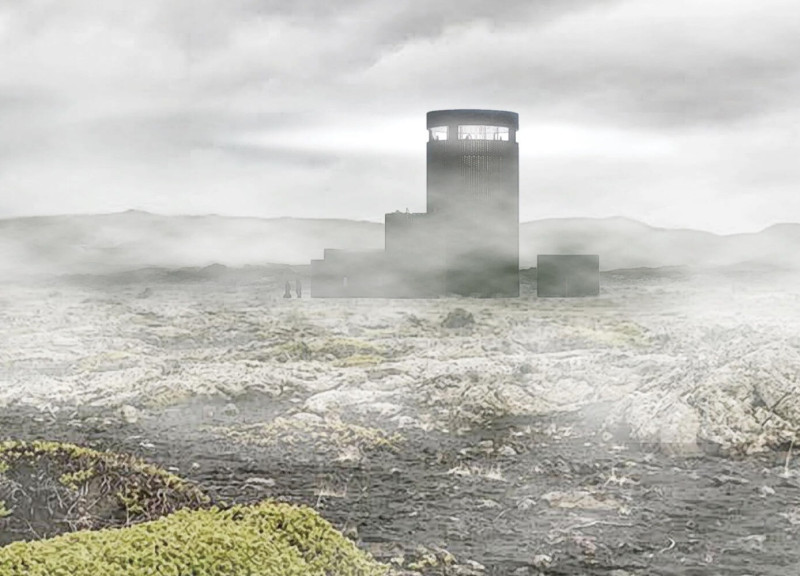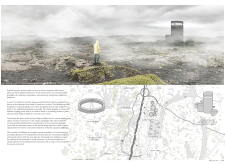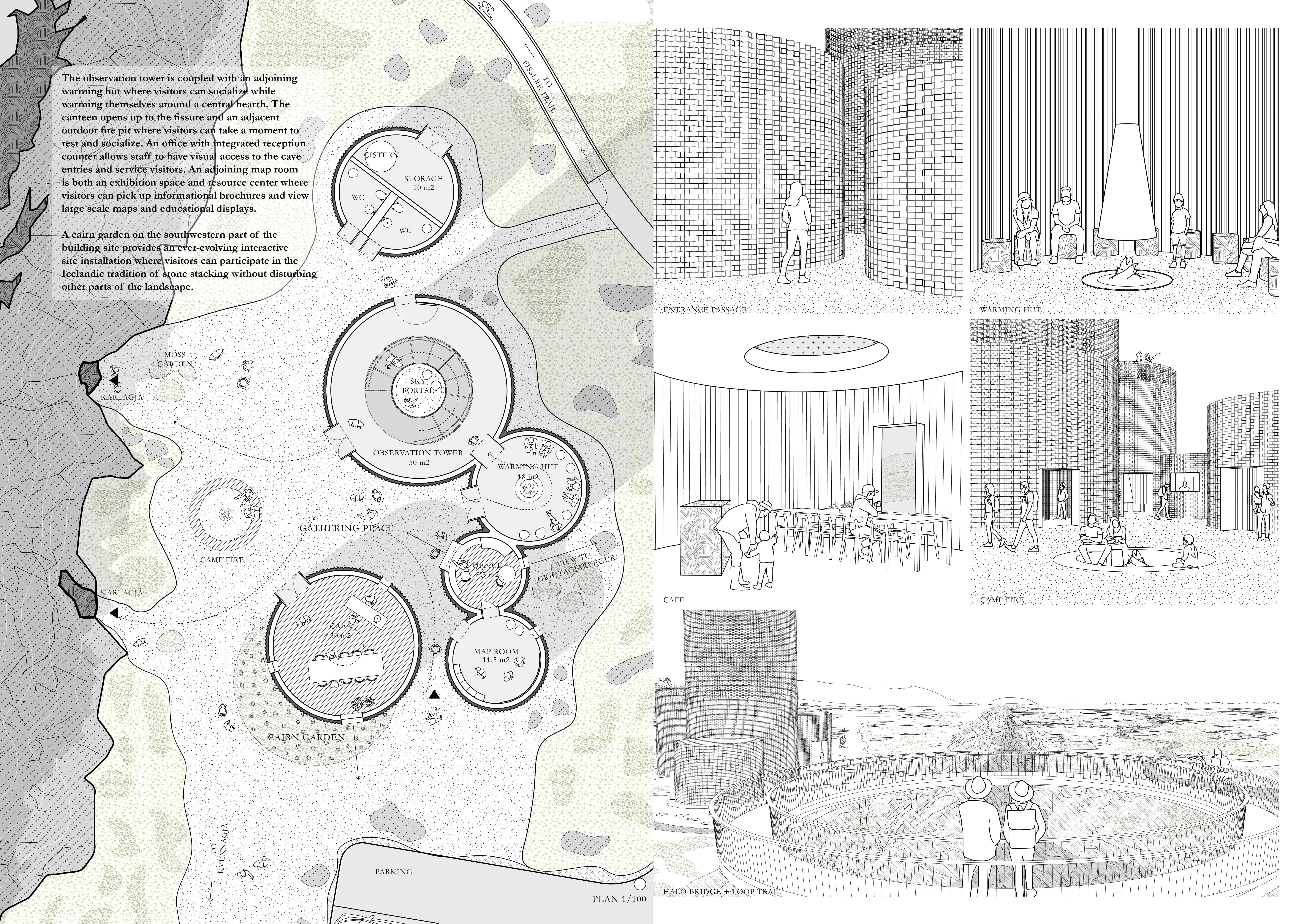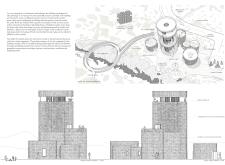5 key facts about this project
At the core of this architectural project lies a dedication to creating spaces that fulfill essential functions while also enhancing the user experience. The building is designed to accommodate [insert specific functions such as residential living, commercial activities, or public engagement], ensuring that every corner is both practical and inviting. The spatial organization reflects a deep understanding of how individuals interact within environments, with carefully considered areas designed for solitary reflection and community gatherings alike.
One of the notable aspects of the design is its use of materials. The architects have chosen a blend of concrete, glass, wood, and steel, each contributing to the overall narrative of the building. Concrete provides a robust framework, offering strength and resilience. The inclusion of expansive glass areas allows for natural light to permeate the interiors, fostering a connection with the outdoor environment and enhancing the occupants' well-being. Wood introduces a natural warmth, creating a sense of comfort and approachability, while steel elements ensure structural stability and promote clean lines throughout the design.
Architectural details play a significant role in unifying the overall aesthetic. From the intelligent placement of windows that frame compelling views to the thoughtful layout of communal areas, each component is designed with user experience in mind. The thoughtful arrangement of spaces promotes both privacy and interaction, ensuring that users can seamlessly navigate between public and private realms.
The project also stands out for its commitment to sustainability, which is woven into the very fabric of its design. Features such as energy-efficient systems, natural ventilation strategies, and rainwater harvesting solutions demonstrate a proactive approach to minimizing environmental impact. These aspects not only contribute to lower operational costs but also enhance the overall resilience of the architecture against climate change.
Incorporating local materials and construction techniques allows the building to resonate more deeply within its geographic context. It acknowledges and celebrates the local culture, reinforcing a sense of place that is often overlooked in contemporary architecture. This mindful approach results in a project that not only serves its immediate purpose but also enriches the community it inhabits.
Through innovative design strategies, the project addresses contemporary architectural challenges. The architects have successfully navigated aesthetic and functional considerations to create a building that is not only visually appealing but also profoundly practical. This balance is a testament to the thoughtful planning and design processes employed throughout the project’s development.
As you delve deeper into this architectural design, we encourage you to explore various elements such as architectural plans, architectural sections, and architectural designs that further illustrate the project’s narrative. Each layer of the presentation reveals additional insights and highlights the intricate thought process that shapes this remarkable undertaking. By reviewing these aspects, you will gain a fuller appreciation for how the project encapsulates modern design principles while remaining anchored in its local context.


























